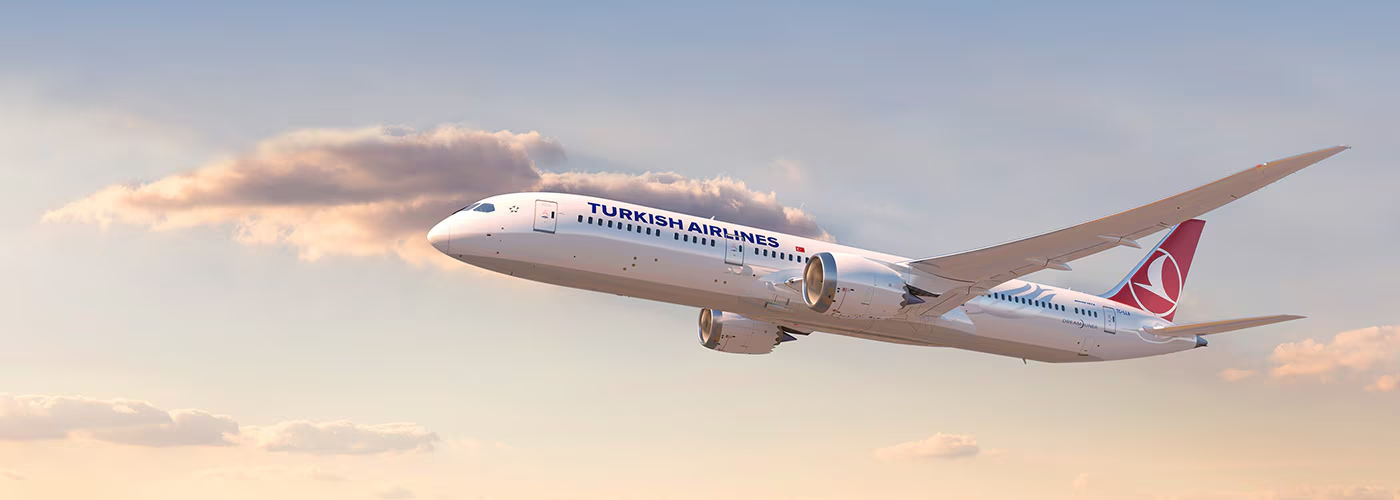The World’s Largest Airports
Air travel has become an indispensable part of modern life, connecting people and businesses from every corner of the globe. As the world’s population and economy continue to grow, so does the need for bigger and more advanced airports to handle the increasing volume of air traffic. In this article, we will take you on a journey through the world’s largest airports, which not only serve as transportation hubs but also as architectural marvels and symbols of human ingenuity.
Beijing Daxing International Airport (PKX) – China
Inaugurated in 2019, Beijing Daxing International Airport is currently the largest airport in the world by size, with an area of approximately 18 square miles (47 square kilometers). Designed by the late renowned architect Zaha Hadid, the airport boasts a futuristic starfish-shaped terminal that combines elegance with functionality. Daxing is expected to handle up to 100 million passengers annually by 2040, easing the pressure on Beijing’s other major airport, Beijing Capital International Airport (PEK).

King Fahd International Airport (DMM) – Saudi Arabia

Located in Dammam, Saudi Arabia, King Fahd International Airport is the largest airport in the world by land area, covering around 297 square miles (769 square kilometers). Opened in 1999, the airport currently has a capacity for handling 12 million passengers per year, with plans to increase this number through future expansions. The airport’s striking architectural design reflects traditional Islamic geometries, with its terminal buildings forming a symmetrical square pattern.

Denver International Airport (DEN) – United States

Opened in 1995, Denver International Airport is the largest airport in the United States and the third-largest globally by land area, covering 33,531 acres (13,570 hectares). The airport’s iconic peaked roof resembles the snow-capped Rocky Mountains and serves as a symbol of Colorado’s natural beauty. Serving around 70 million passengers annually, Denver International Airport is a major hub for both domestic and international flights.

Hartsfield-Jackson Atlanta International Airport (ATL) – United States

While it may not be the largest in terms of land area, Hartsfield-Jackson Atlanta International Airport holds the title of the world’s busiest airport by passenger traffic, accommodating over 100 million passengers in 2019. This bustling airport serves as a major hub for domestic flights within the United States and offers international connections to over 75 countries. The airport’s efficient design features parallel runways and five parallel concourses, enabling it to handle a large volume of flights and passengers simultaneously.
Istanbul Airport (IST) – Turkey

Inaugurated in 2019, Istanbul Airport is one of the newest additions to the list of the world’s largest airports. With a planned capacity of 200 million passengers per year upon full completion, it aims to become one of the busiest airports globally. The airport’s impressive design is inspired by Istanbul’s rich cultural heritage, combining traditional Ottoman motifs with contemporary architectural elements. Istanbul Airport serves as a major connection point between Europe, Asia, and Africa, reflecting Turkey’s strategic geographical position.

The world’s largest airports are not only awe-inspiring architectural masterpieces but also integral components of the global transportation infrastructure. As the demand for air travel continues to grow, these airports will continue to expand and evolve, driving innovation and progress in the aviation industry. These colossal hubs, connecting people and businesses worldwide, truly embody the spirit of the age of globalization.
Read also: Top 10 International Airports in the World 2021
Youssef Yahya is the CEO and Founder of Aviation for Aviators, a platform dedicated to the aviation industry. With over 3 years of experience as an aviation writer, Youssef is passionate about sharing his insights on aviation, entrepreneurship, and the broader business landscape. As a Teaching Assistant in Entrepreneurship at Nile University, he also nurtures the next generation of entrepreneurs. When he’s not exploring the skies or business ventures, you can find him saying, ‘Drag your coffee, and let’s talk aviation, entrepreneurship, and football.’
You might also like:
- Missile hit at Baghdad
- After the Chinese Spy Balloon, Unidentified Flying Objects Invading the Sky !
- FAA Reporting on Boeing 737 Max pilot Training
- Qatar Airways Renews Partnership with FIFA, Continuing as Global Airline Partner
- Why Can’t an Aircraft Push Back Using Reverse Thrust?
Discover more from Aviation for Aviators
Subscribe to get the latest posts sent to your email.














Post Comment